
Articles, videos about Tongkat Ali, Black Ginger, and Butea Superba
Articles, videos about optimal sex
Play it safe: trust traditional knowledge on sexual enhancement, use tongkat ali
The Western medical establishment and pharmaceutical multinationals discredit herbal medications. Herbals don't fit the physicians' business model, because they don't require prescriptions like dangerous medicines, thus depriving physicians of authority and consultation fees. Because herbals cannot be patented (to protect from competition to exorbitant pricing), they certainly also undermine the business model of big pharma.
The difference between herbal and Western pharmaceutical drugs is that herbals have a shared evolutionary history with other forms of life, including humans, while most pharmaceuticals are xenobiotics. And while some xenobiotics can be used to ameliorate certain conditions, the chances are 99.99 percent that xenobiotics have long-term detrimental effects.
The underestimation of long-term adverse effects is a common occurrence in the chemical-pharmaceutical industry. The insecticide DDT, too, was initially considered harmless to humans.
The American surgeon most notorious for using lobotomy to engineer humans with reduced impulses and limited or no free will was ironically named Freeman, Walter Jackson Freeman II (1895 - 1972), to be exact.
Some famous victims of lobotomy were Rosemary Kennedy, the sister of US President John F. Kennedy, and Evita Perón, wife of Argentine president Juan Perón.
In the mood for surgery on another precious organ? Augmentation phalloplasty?
Mind you: elective surgery is the preferred field of practice of physicians who drive Ferrari and plan for a yacht.
Various surgical penis enlargement procedures are on the market.
Why not just play it safe: Trust traditional knowledge on non-invasive sexual enhancement, and use tongkat ali.
Ang, H. H.; Ngai, T. H. (2001), Aphrodisiac evaluation in non-copulator male rats after chronic administration of Eurycoma longifolia Jack, Fundamental and Clinical Pharmacology, Volume15, Issue4, Pages 265-268
Chaturapanich, G.; Chaiyakul, S.; Verawatnapakul, V.; Yimlamai, T.; Pholpramool, C.(2012),
Enhancement of aphrodisiac activity in male rats by ethanol extract of Kaempferia parviflora and exercise training, Andrologia, Vol 44 (Suppl 1), Pages 323-328
Chaipech, S.; Morikawa, T.; Ninomiya, K.; Yoshikawa, M.l; Pongpiriyadacha, Y.; Hayakawa, T.; Muraoka, O. (2012), Structures of two new phenolic glycosides, kaempferiaosides A and B, and hepatoprotective constituents from the rhizomes of Kaempferia parviflora, Chemical and Pharmaceutical Bulletin, Vol 60, Pages 62-69
Chen, Dalin; Li, Hongliang; Li, Wen; Feng, Shuo; Deng, Dingsen (2018), Kaempferia parviflora and Its Methoxyflavones: Chemistry and Biological Activities, Hindawi Journal, Volume 2018 |Article ID 4057456 | https://doi.org/10.1155/2018/4057456
Chivapat, S.; Chavalittumrong, P.; Attawish, A.; Rungsipipat, A. (2010),
Chronic toxicity study of Kaempferia parviflora Wall ex. Extract
The Thai Journal of Veterinary Medicine, Volume 40 (4), Pages 377-383
https://tci-thaijo.org/index.php/tjvm/article/view/35774/29744
Chivapat, S.; Chavalittumrong, , P.; Attawish, A.; Rungsipipat, A. (2004),
Acute and chronic toxicity study of Kaempferia parviflora Wall ex. bak powder,
Journal of Thai Traditional and Alternative Medicine, Volume 2 (2), Pages 3-16
Deema P. (2007), Effect of Kaempferia parviflora and Endurance Training on Lactate Threshold in Humans Phitsanulok, Thailand: Naresuan University
Diastuti, Hartiwi; Chasani, Mochammad; Suwandri, Suwandri (2020), Antibacterial Activity of Benzyl Benzoate and Crotepoxide from Kaempferia rotunda L. Rhizome, Indonesian Journal of Chemistry, Vol 20, No 1
GG, Faisal; SM, Zakaria; GF, Najmuldeen (2015), In Vitro Antibacterial Activity of Eurycoma Longifolia Jack (Tongkat Ali) Root Extract, International Medical Journal of Malaysia, Volume 14, No. 1
Girish, Sonal; Kumar, Suresh; Aminudin, Norhaniza (2015), Tongkat Ali (Eurycoma longifolia): a possible therapeutic candidate against Blastocystis sp., Parasites Vectors, Volume 8, Pages 332
Henkel R.R.; Wang R.; Bassett S.H.; Chen T.; Liu N.; Zhu Y. et al. (2014),
Tongkat Ali as a potential herbal supplement for physically active male and female seniors - A pilot study , Pharmacological Research,
Volume 28, Pages 544-550, https://doi.org/10.1002/ptr.5017
Hien, Dao Thi Thanh; Long, Tran Phi; Thao, Tran Phuong; Lee, Jeong-Hyung; Trang, Duong Thu; Minh, Nguyen Thi Thu; Cuong, Pham Van; Lan, Dang, Nguyen Hai; Dat, Nguyen Tien (2019), Anti-inflammatory effects of alkaloid enriched extract from roots of Eurycoma longifolia Jack, Asian Pacific Journal of Tropical Biomedicine, Volume : 9 , Issue : 1 , Pages : 18-23
Hirsh, Steven; Huber, Luke; Stein,Richard; Schmid,Kira; Swick, Andrew; Joyal, Steven (2018), An open label study to evaluate the effect of Kaempferia parviflora in support of erectile function and male sexual health among overall healthy males 50–70, Federation of American Societies for Expiremental Biology, Volume 31, Issue S1
Special Issue: Experimental Biology 2017 Meeting Abstracts, https://doi.org/10.1096/fasebj.31.1_supplement.636.1
Lim, T. K. (2016), Eurycoma longifolia, Edible Medicinal and Non-Medicinal Plants Pages 250–276
Khanam, Zakia; Shwu Wen, Chew; Bhat, Irshad Ul Haq (2015), Phytochemical screening and antimicrobial activity of root and stem extracts of wild Eurycoma longifolia Jack (Tongkat Ali), Journal of King Saud University - Science, Volume 27, Issue 1, Pages 23-30
Kotirum S.; Ismail S.B.; Chaiyakunapruk N. (2015),
Efficacy of Tongkat Ali (Eurycoma longifolia) on erectile function improvement: systematic review and meta-analysis of randomized controlled trials,
Complementary Therapies in Medicine Volume 23, Pages 693-698, https://doi.org/10.1016/j.ctim.2015.07.009
Moses , Lusia Barek; Bakar ,Mohd Fadzelly Abu; Mamat, Hasmadi, Aziz, Zaleha Abdul (2021), Unfermented Freeze-Dried Leaf Extract of Tongkat Ali (Eurycoma longifolia Jack.) Induced Cytotoxicity and Apoptosis in MDA-MB-231 and MCF-7 Breast Cancer Cell Lines Hindawi, Volume 2021, Article ID 8811236, https://doi.org/10.1155/2021/8811236
Muhamad, Ayu S.; Ooi, Foong K.; Chen, Chee K. (2015), Effects of Eurycoma longifolia on Natural Killer Cells and Endurance Running Performance, International Journal of Sports Science, Volume 5(3) Pages 93-98
Nhan NH, Loc NH. (2017), Production of eurycomanone from cell suspension culture of Eurycoma longifolia , Pharmaceutical Biology Vol 55(1) Pages 2234-2239
Rehman SU, Choe K, Yoo HH. (2016), Review on a Traditional Herbal Medicine, Eurycoma longifolia Jack (Tongkat Ali): Its Traditional Uses, Chemistry, Evidence-Based Pharmacology and Toxicology , Molecules, Vol 21(3) Pages 331
Ruan, Jingya; Li, Zheng; Zhang, Ying; Chen, Yue; Liu, Mengyang; Han, Lifeng; Zhang, Yi; Wang, Tao (2019), Bioactive Constituents from the Roots of Eurycoma longifolia, Molecules, Volume 24(17), Pages 3157; https://doi.org/10.3390/molecules24173157
See, Kwan Li; Tan, Shu Ying; Hirata, Yoshiyuki; Chan, Lai-Keng; Nagaoka, Yasuo; Uesato, Shinichi; Boey, Peng Lim (2021), Biotic elicitation at different feeding time in cell suspension cultures of Eurycoma longifolia Jack, a valuable medicinal plant, for enhancement of cytotoxic activity of bioactive compounds against human colon cancer cell line, In Vitro Cellular & Developmental Biology - Plant, Volume 58, Pages15–27
Sitanggang, Bintang Riris; Prijanti, Ani Retno; Astuty, Hendri (2018), The Role of Pasak Bumi (Eurycoma longifolia Jack) Extract as an Antimalarial Agent Through the Mechanism of Antioxidant Specific Activity (Superoxide Dismutase, SOD and Catalase, CAT) in Plasmodium berghei-Infected Mice, Advanced Science Letters, Volume 24, Number 9
By tongkatali.org
tongkataliorg3@gmail.com
Updated May 3, 2023
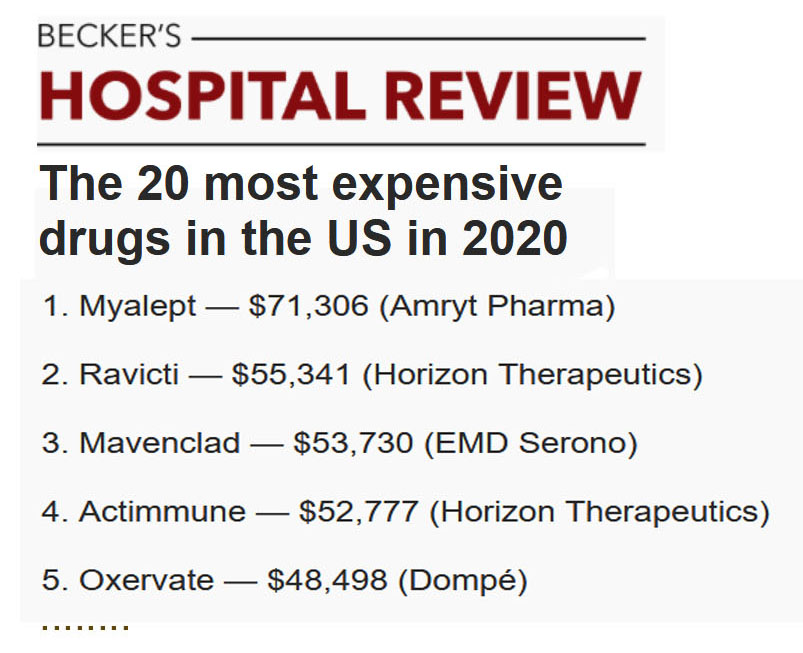
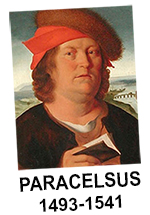
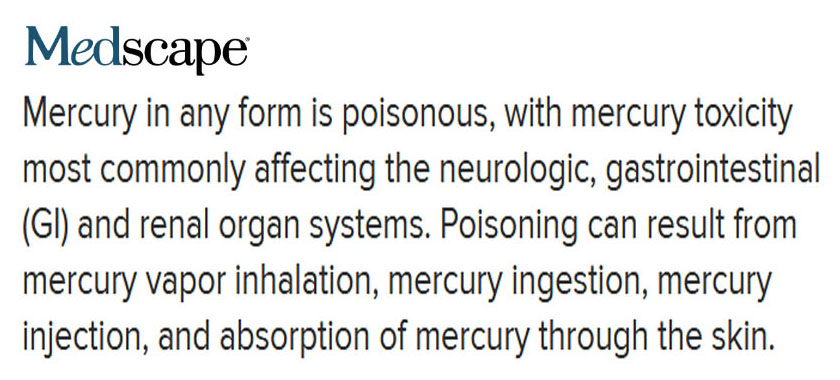
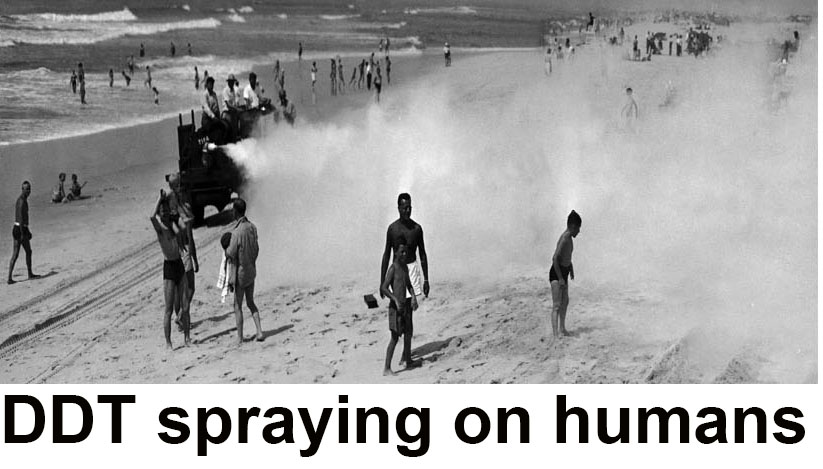
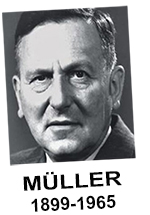
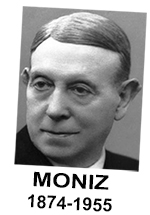
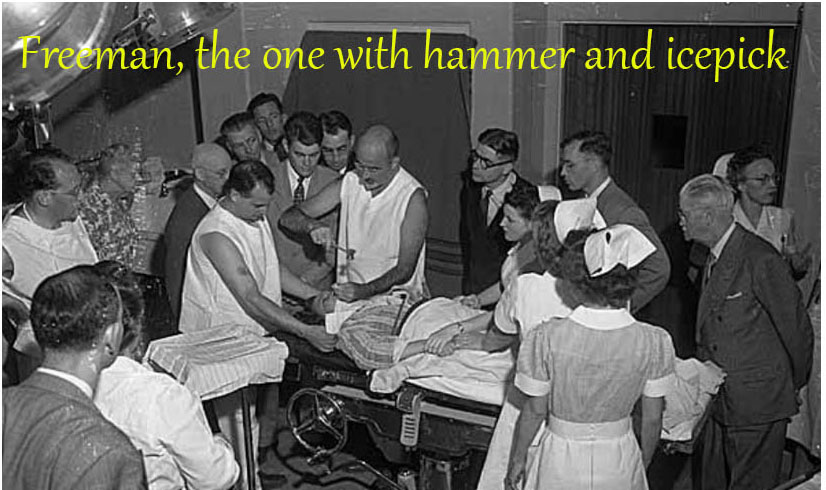
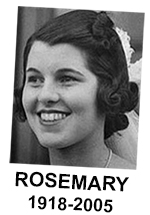
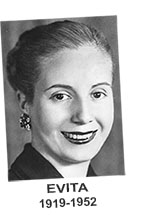

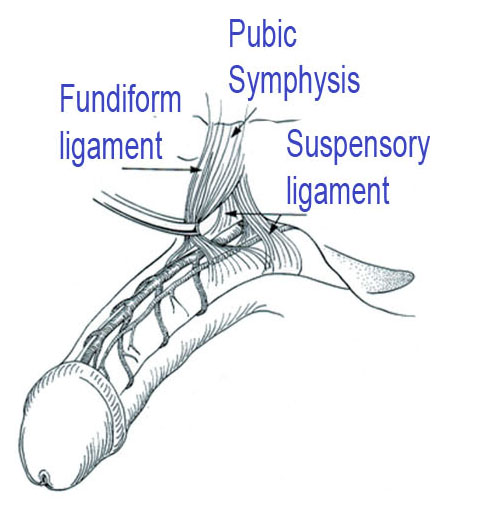
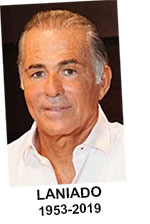
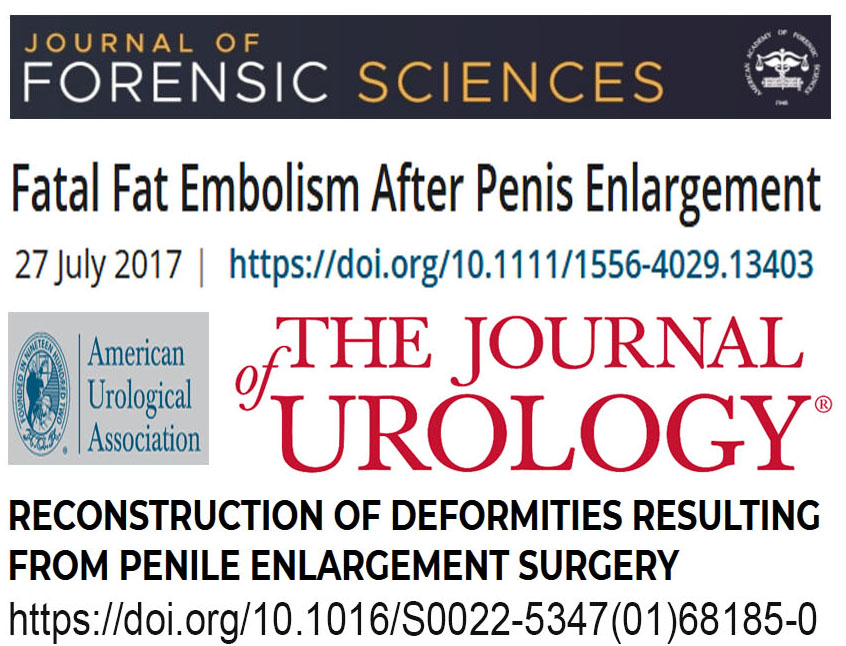
References:
